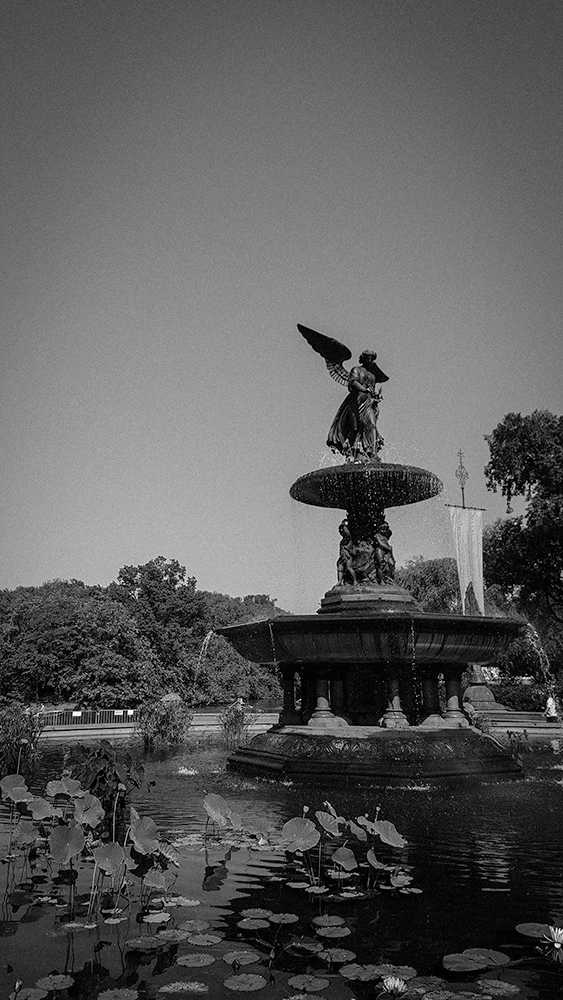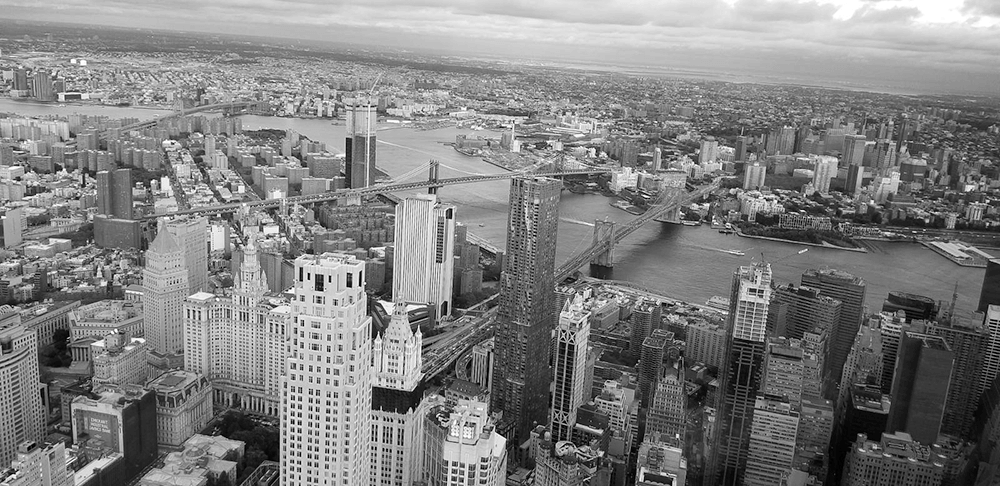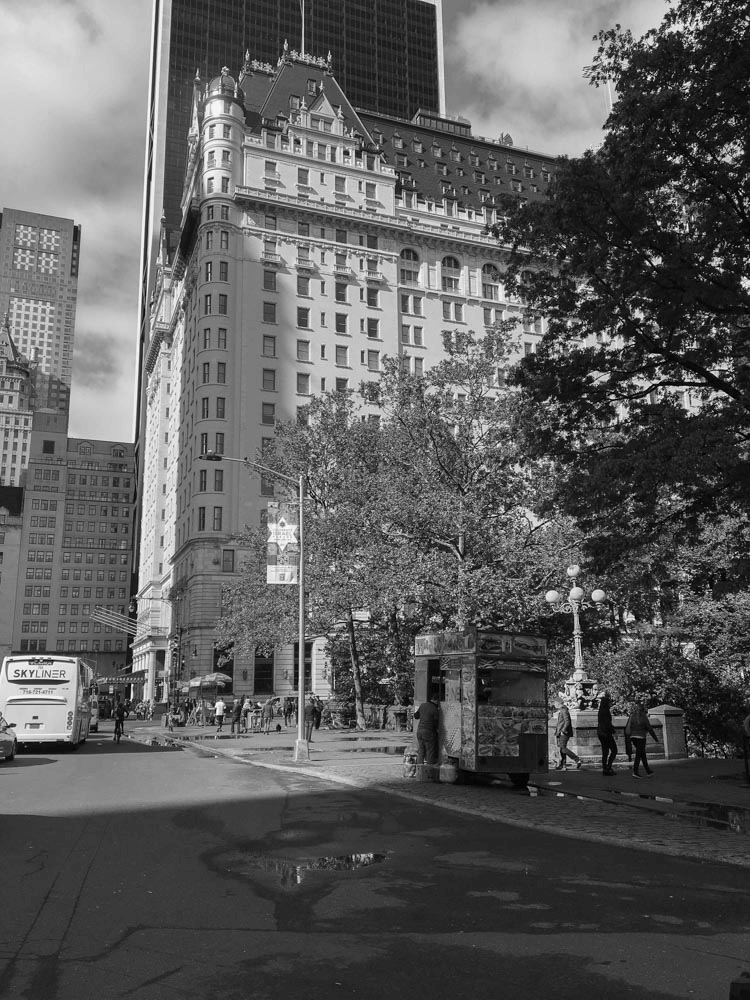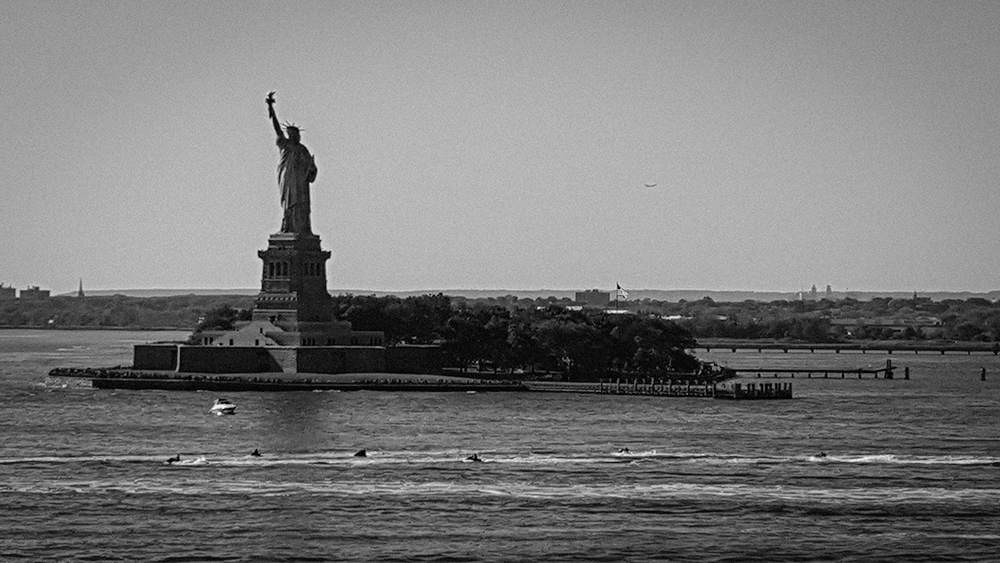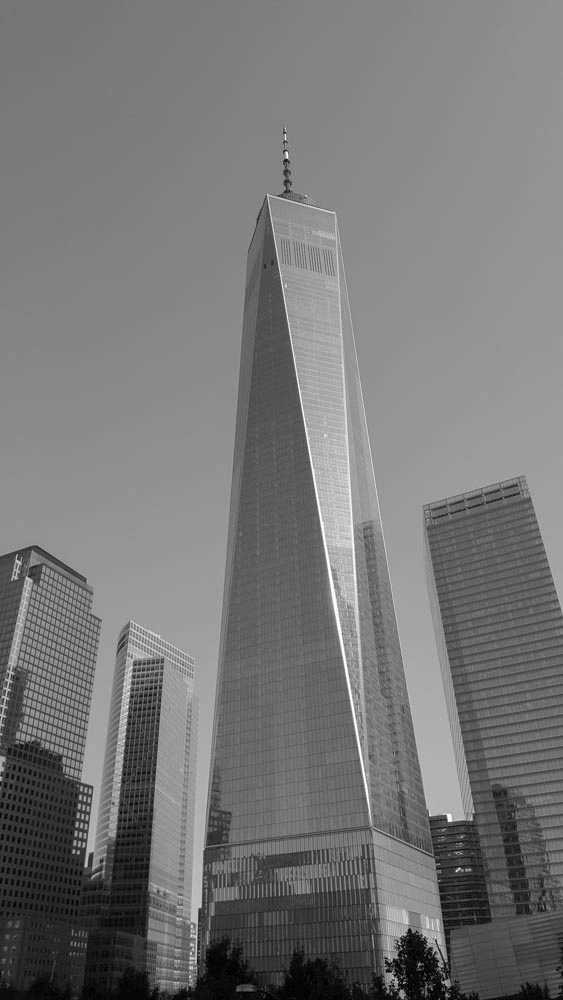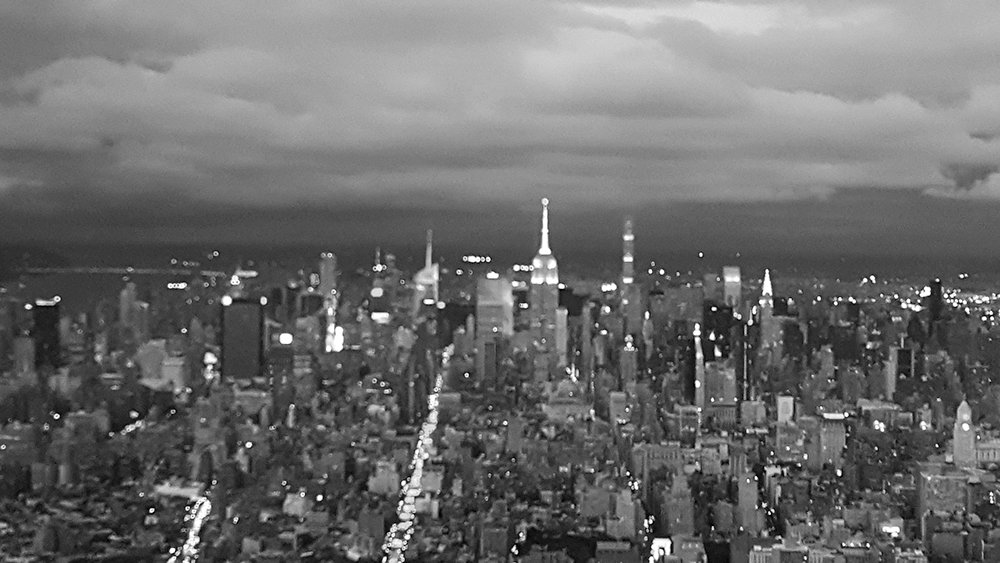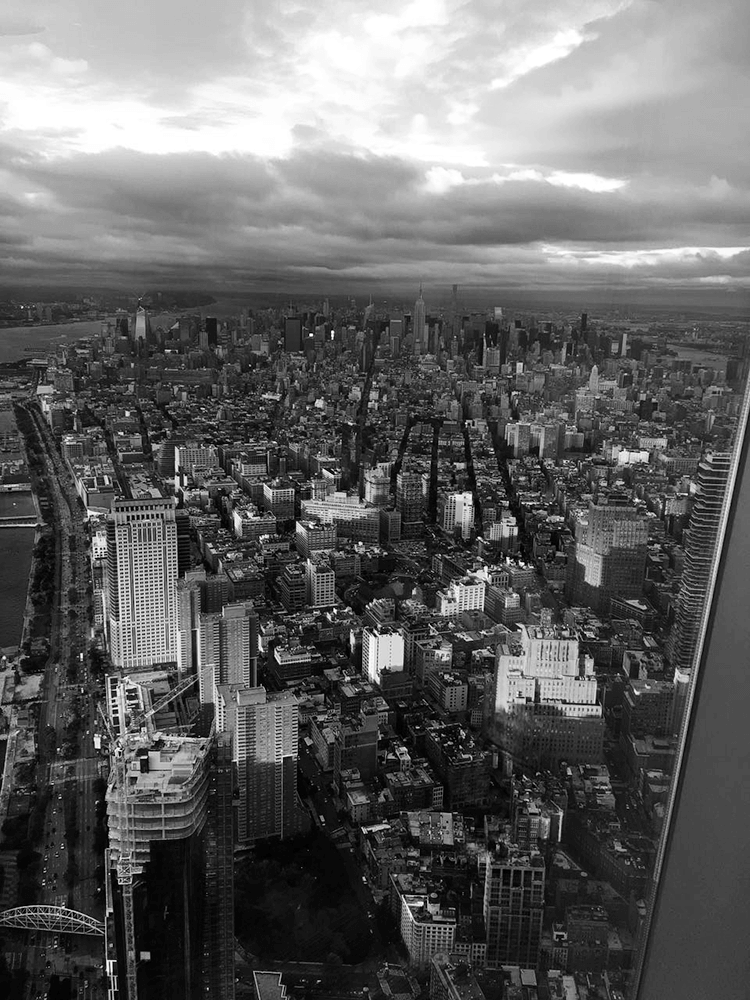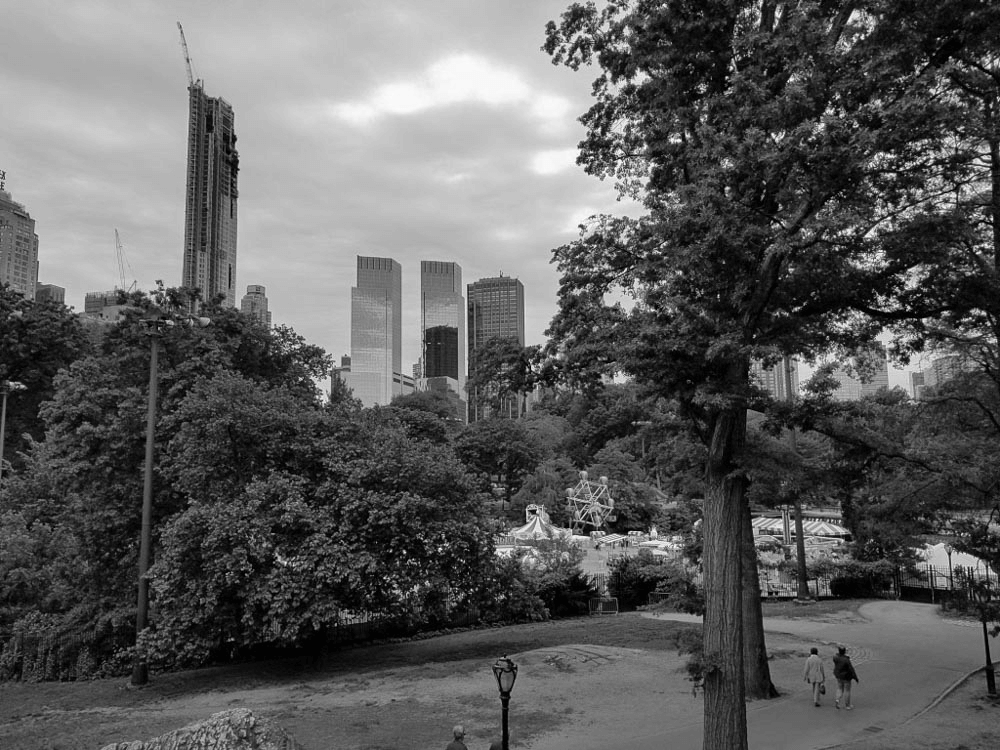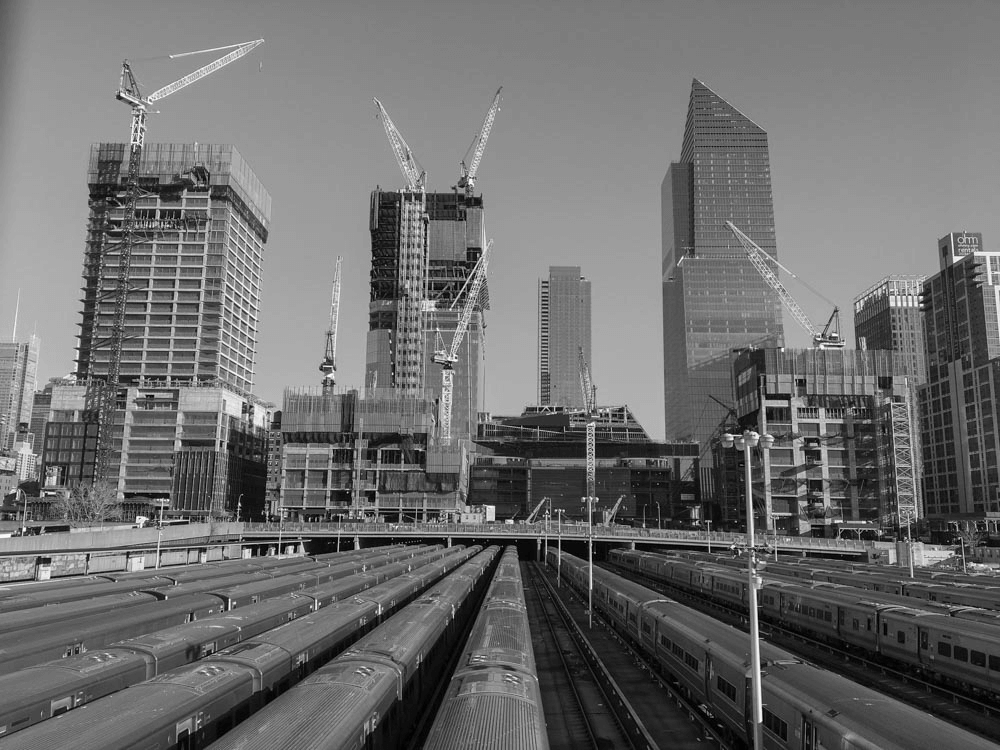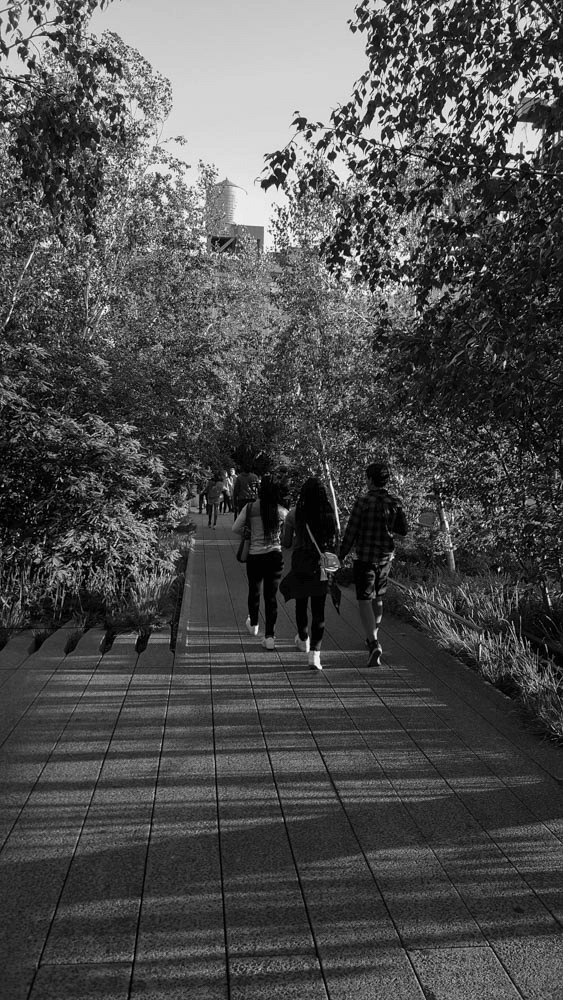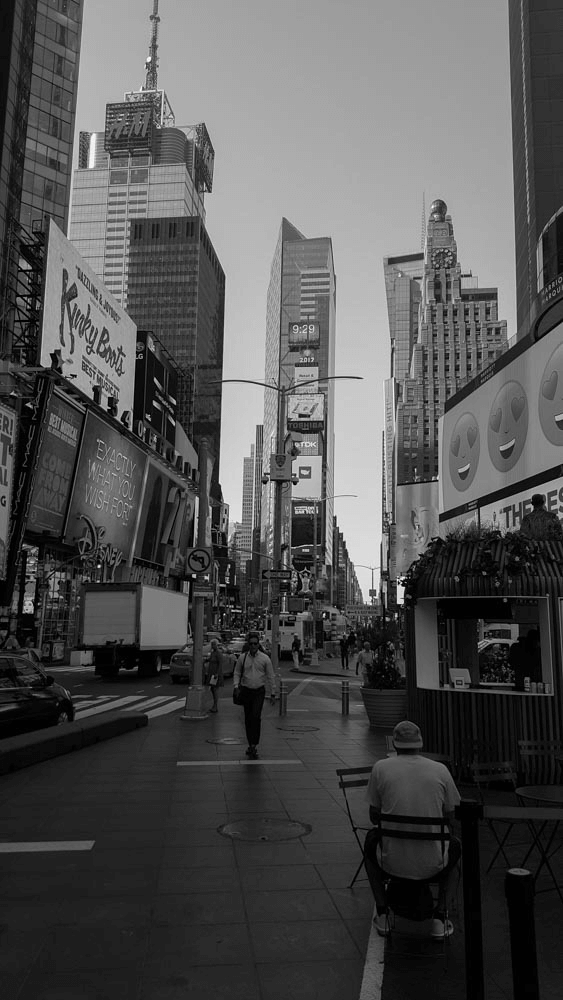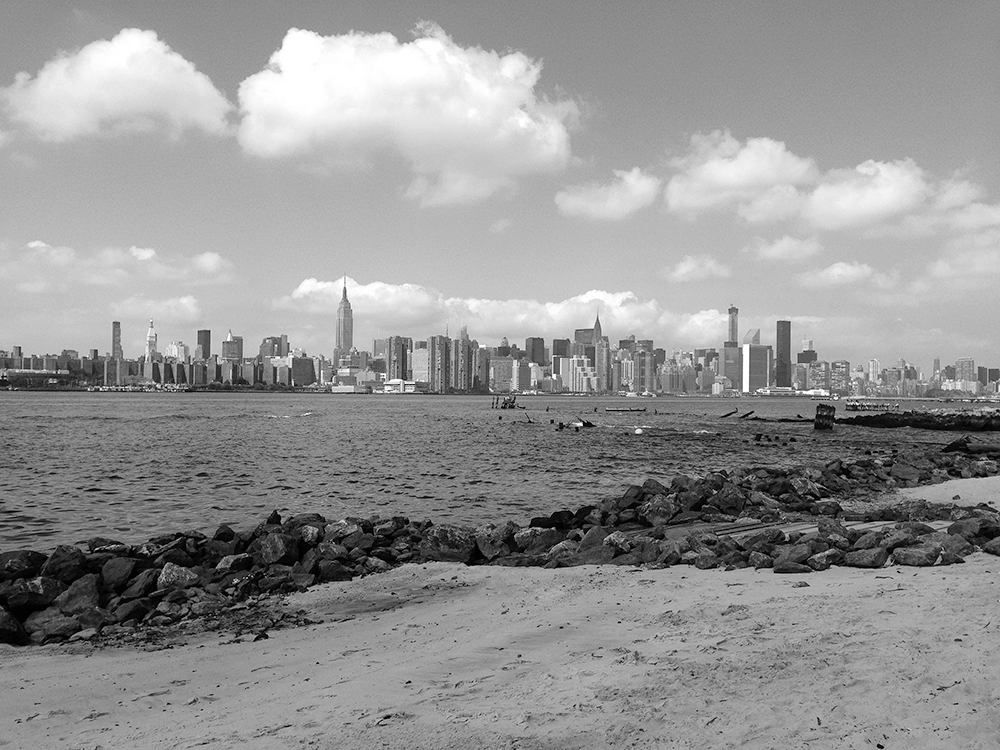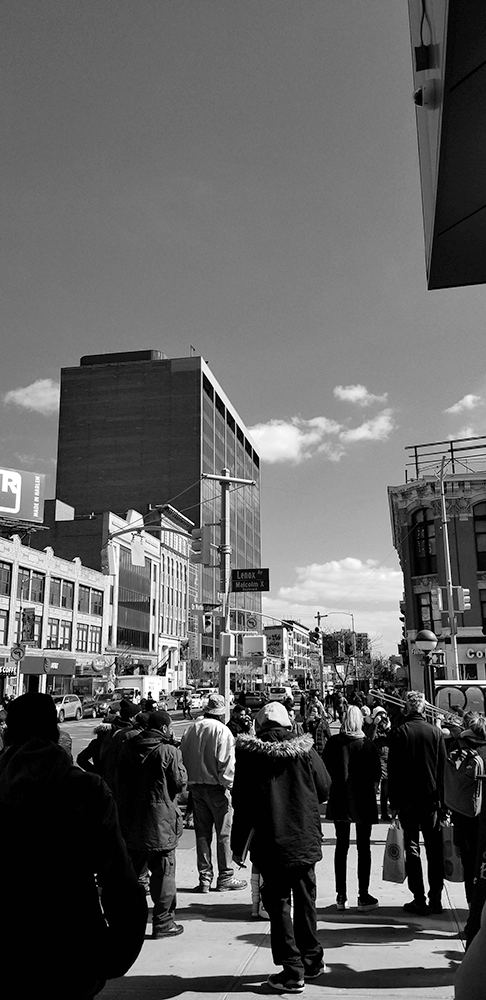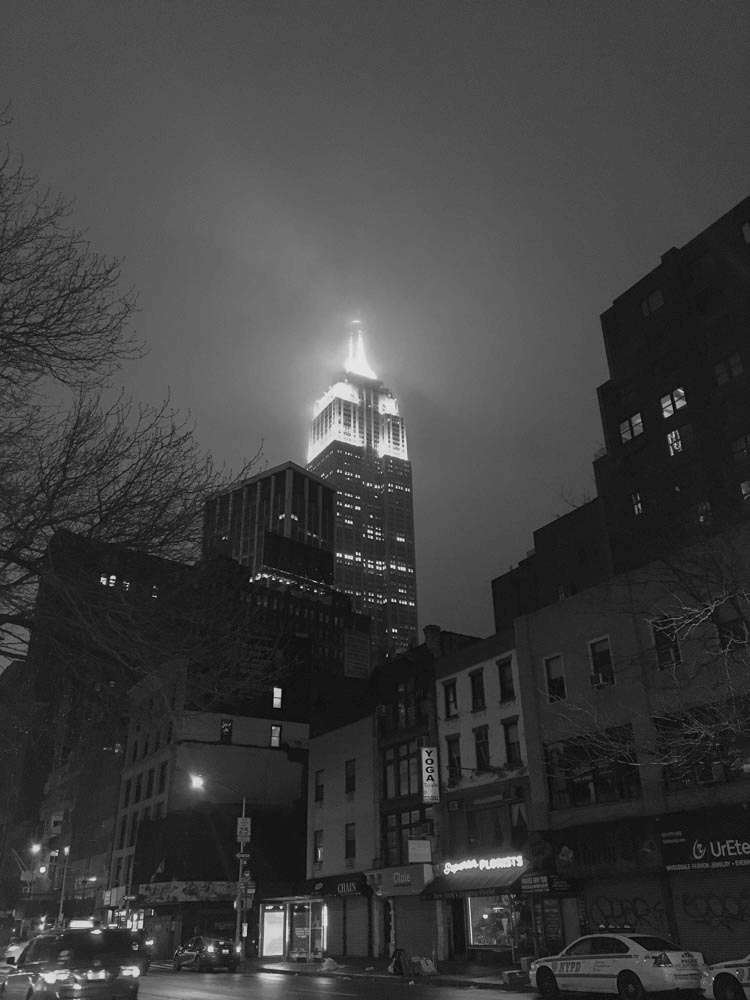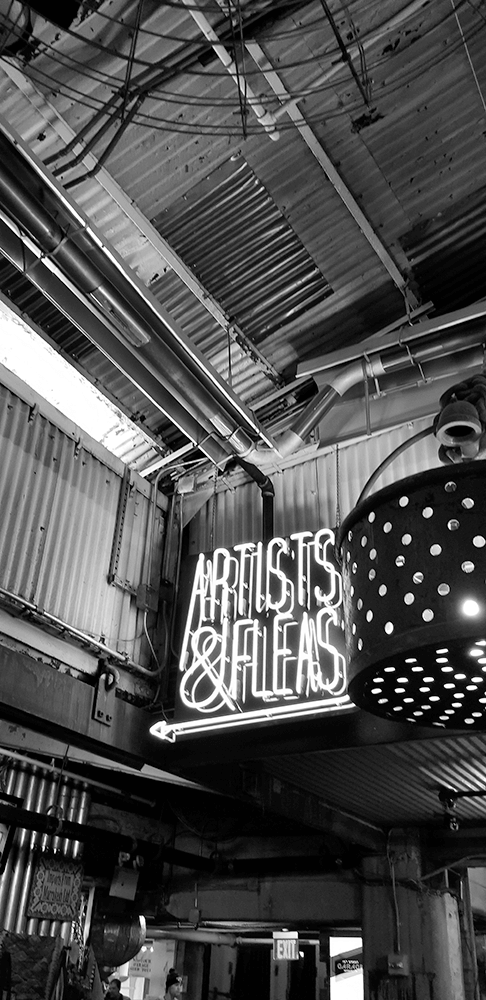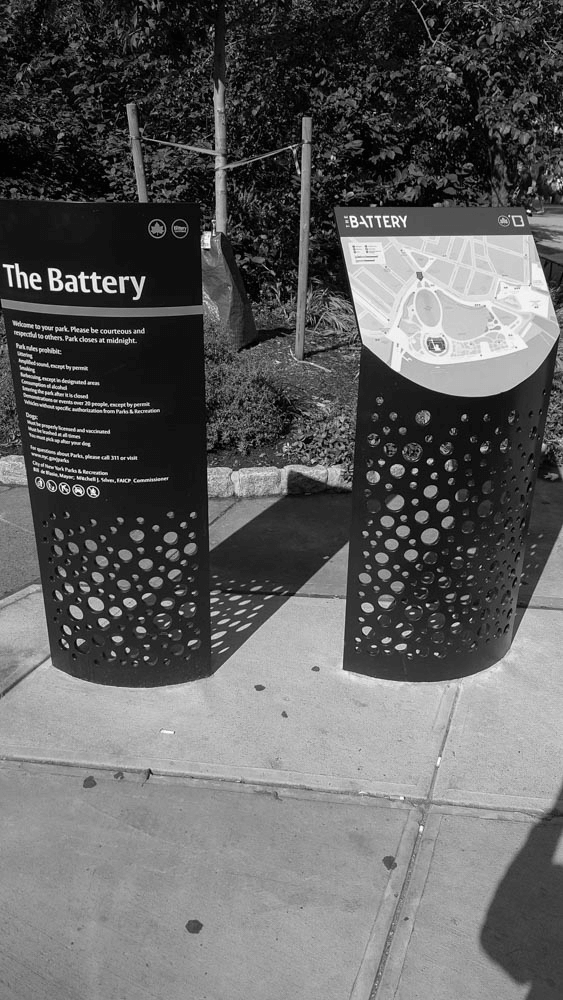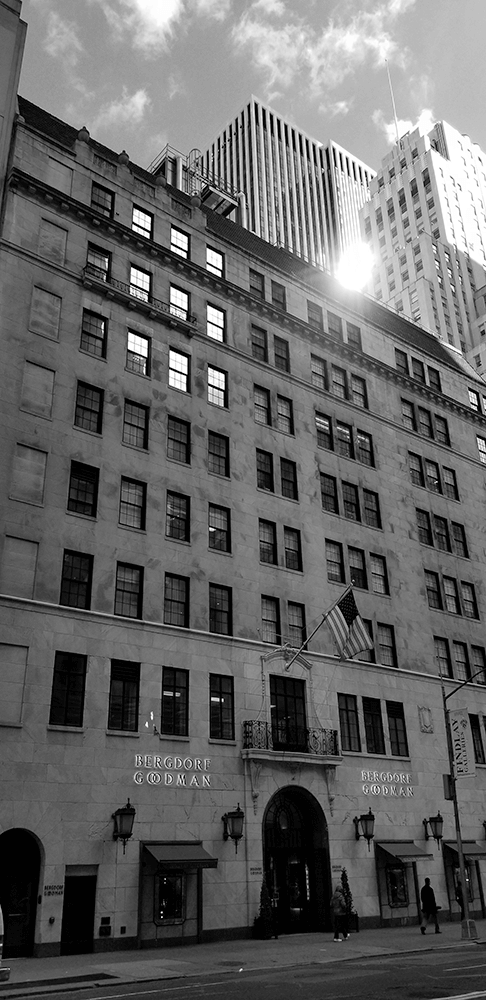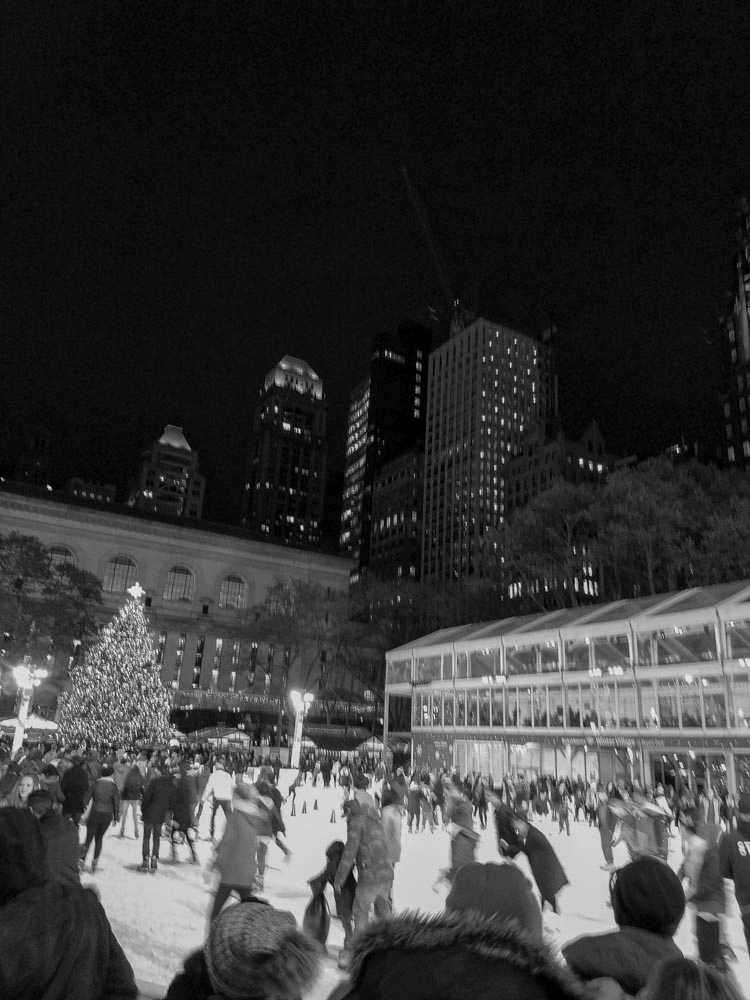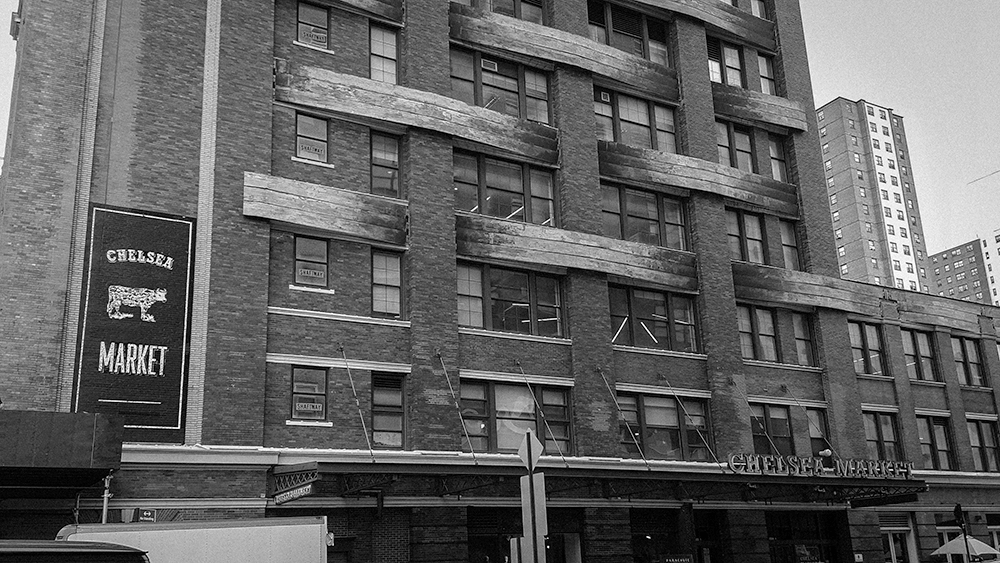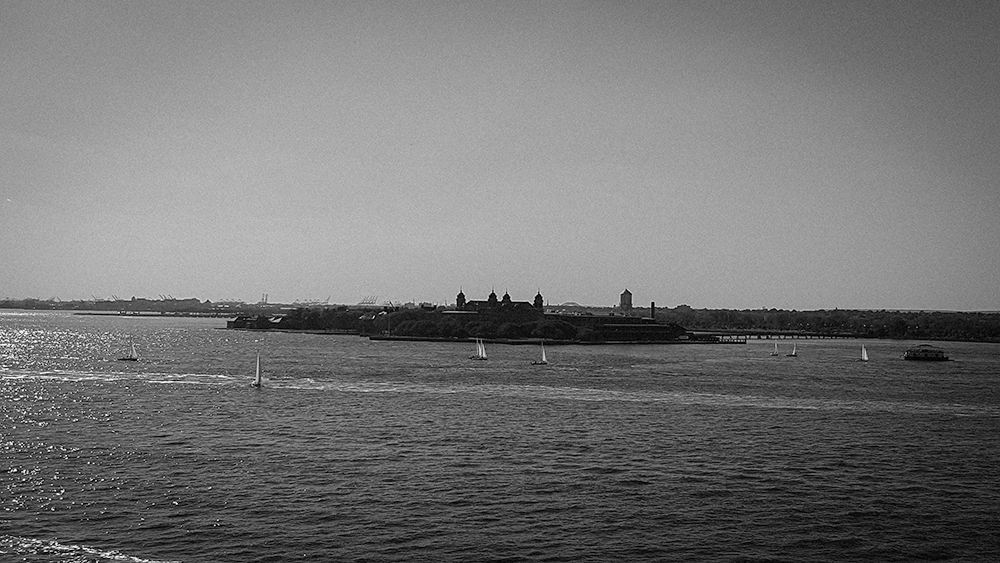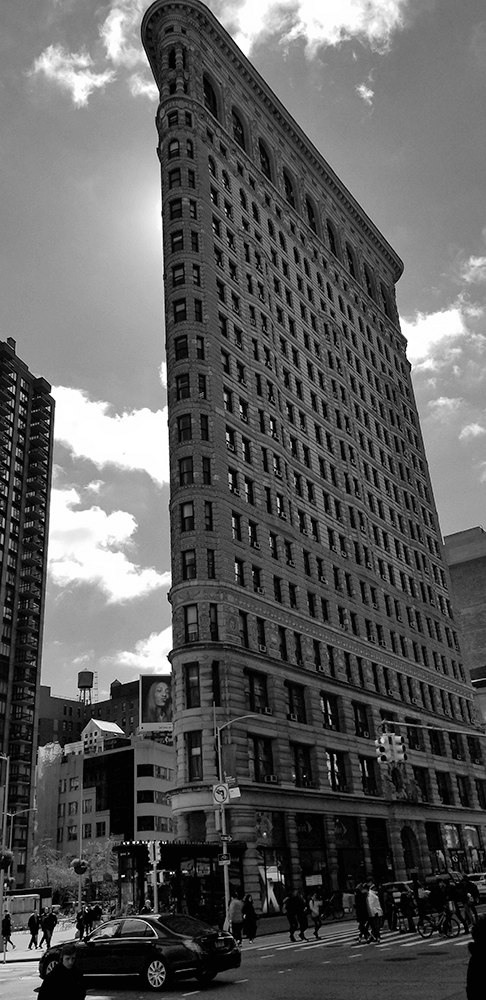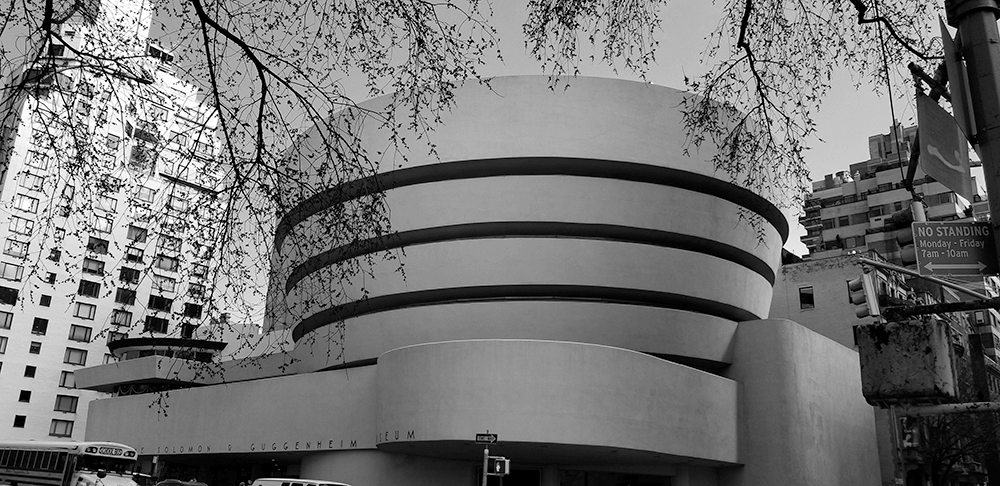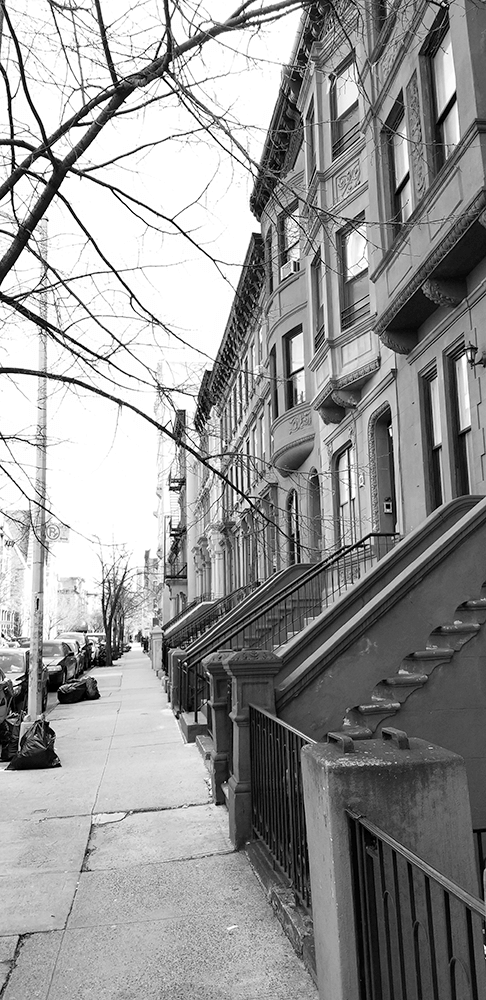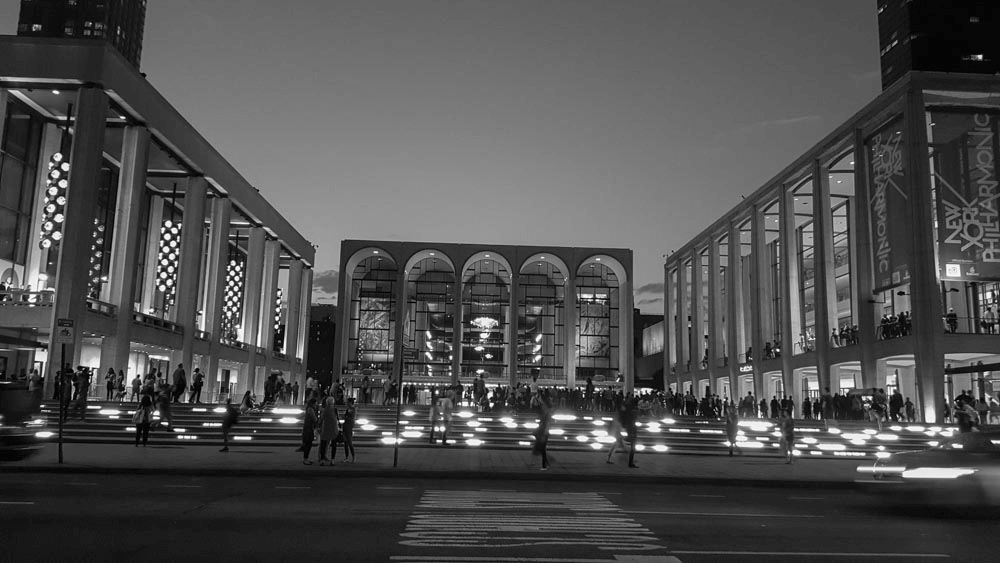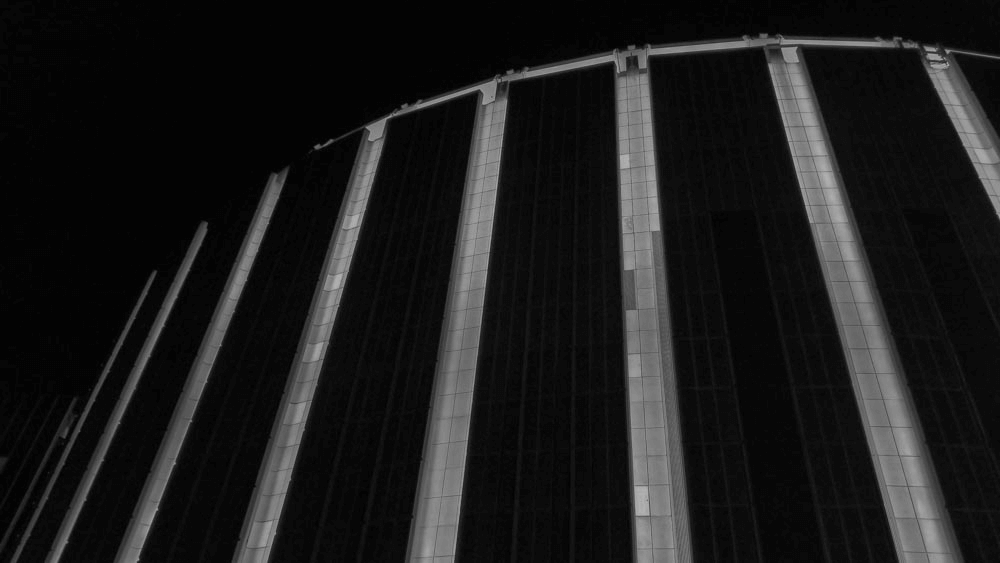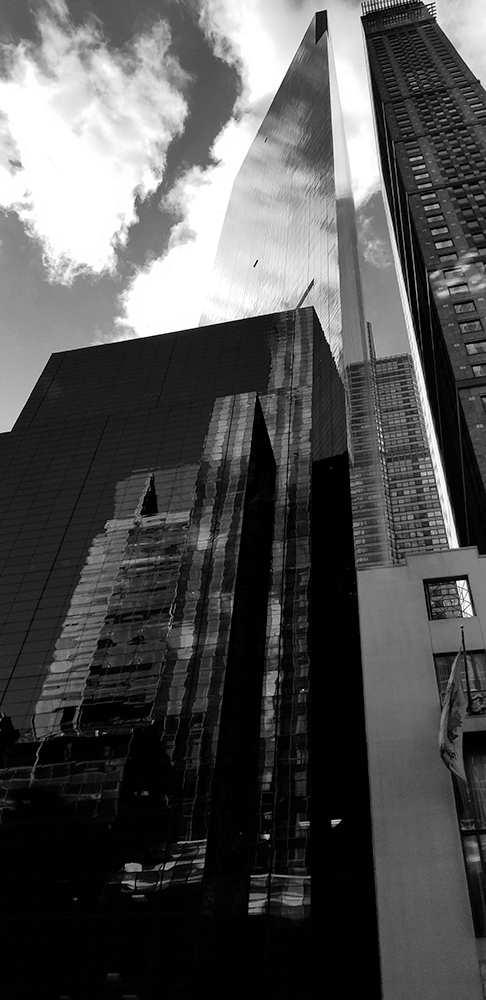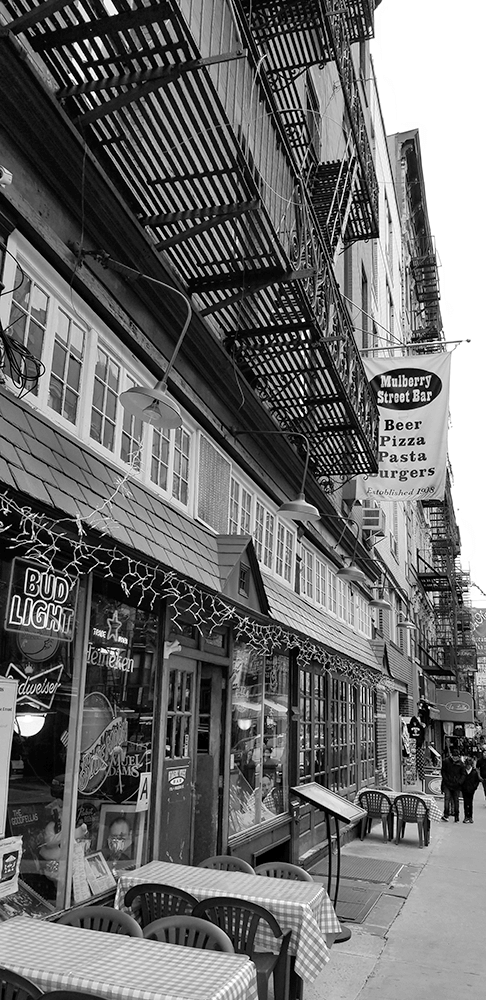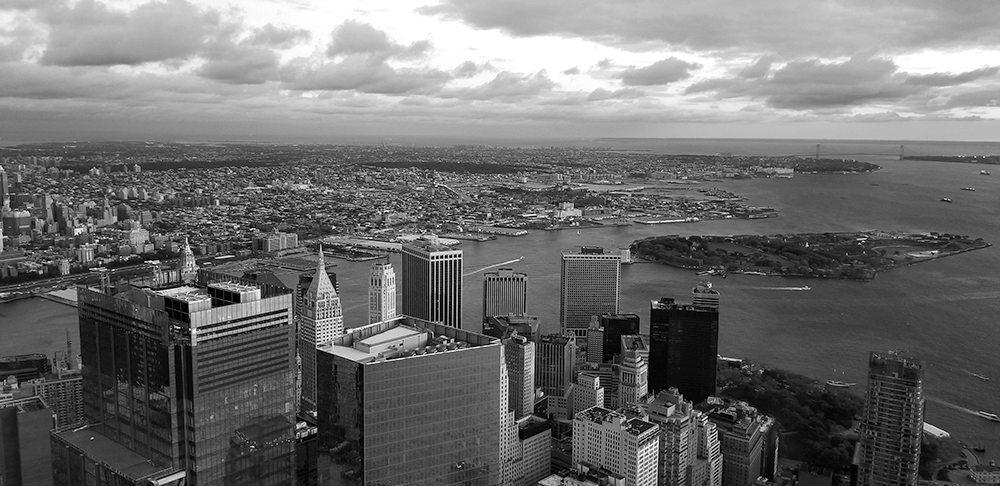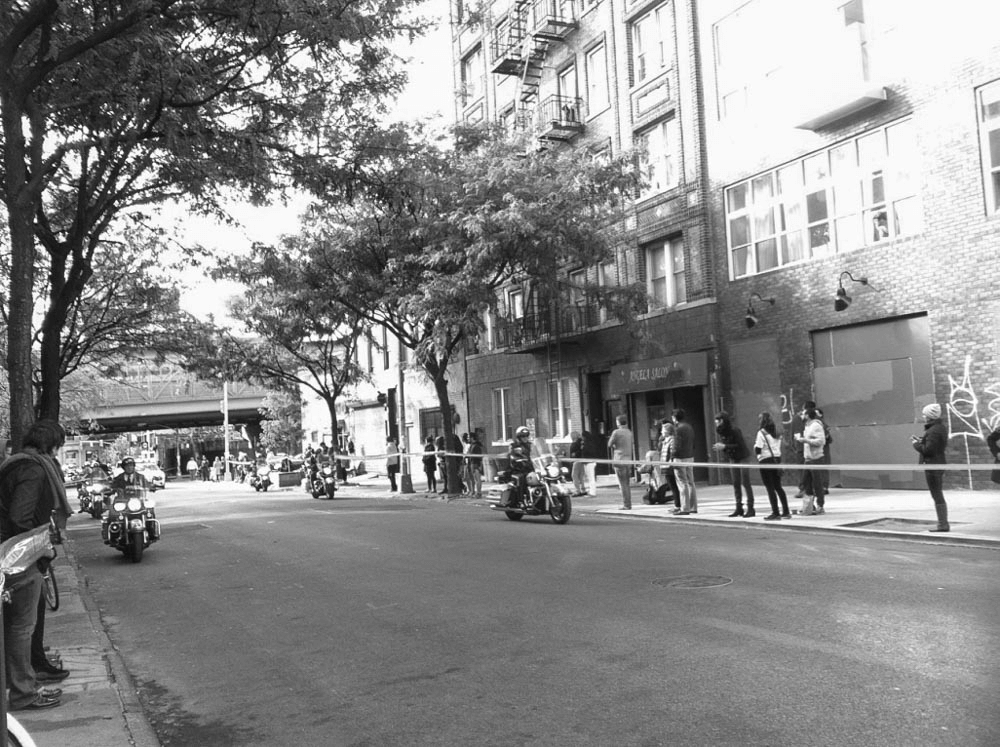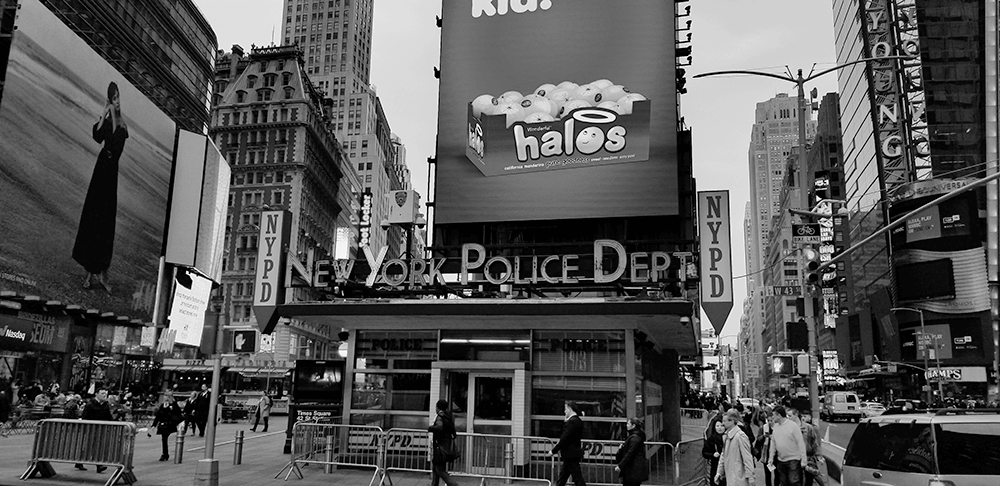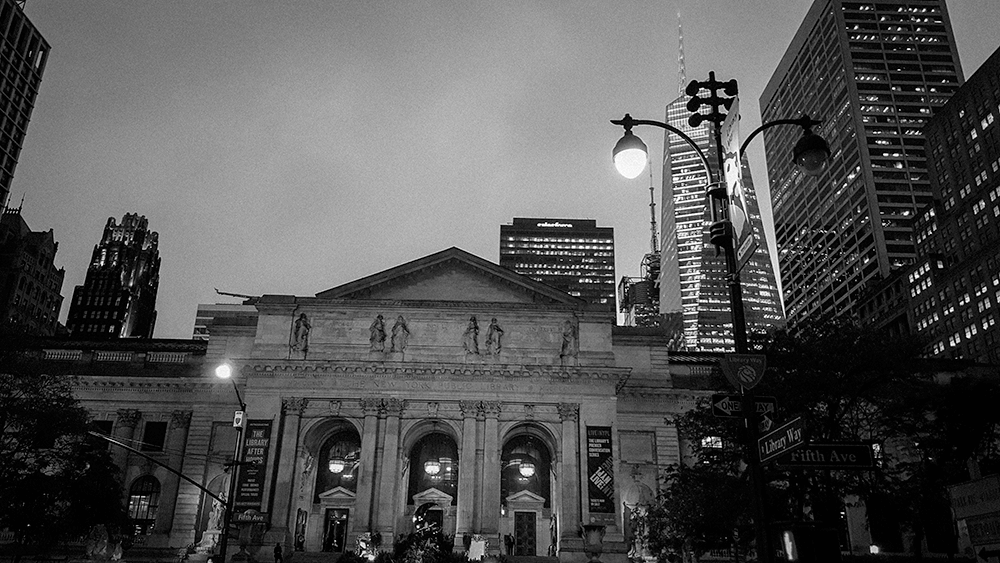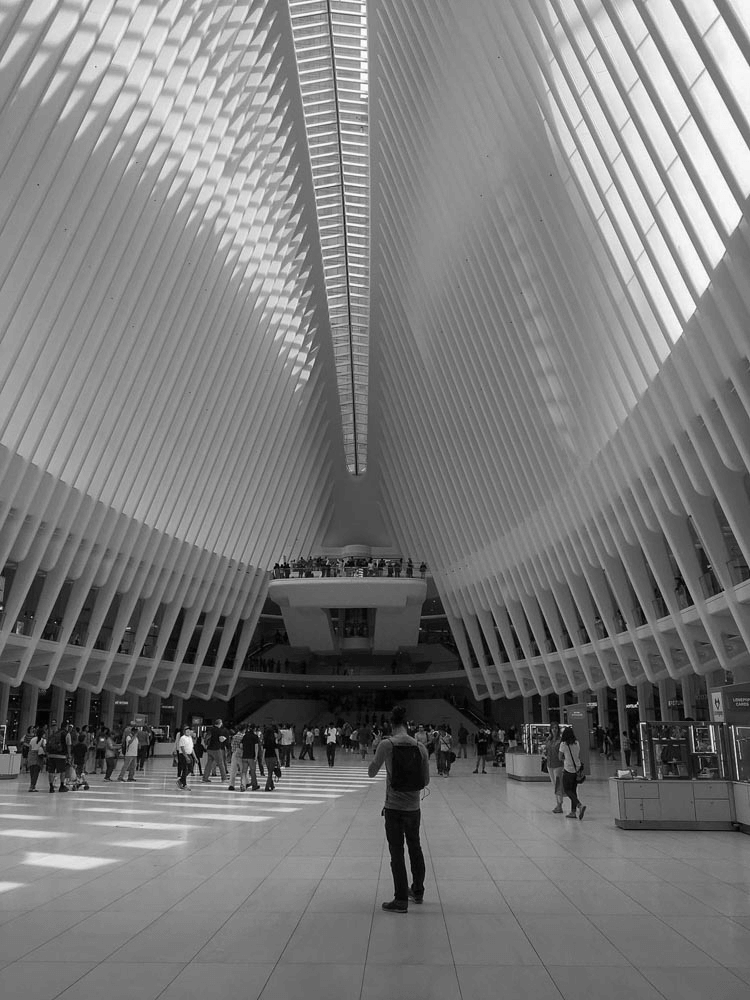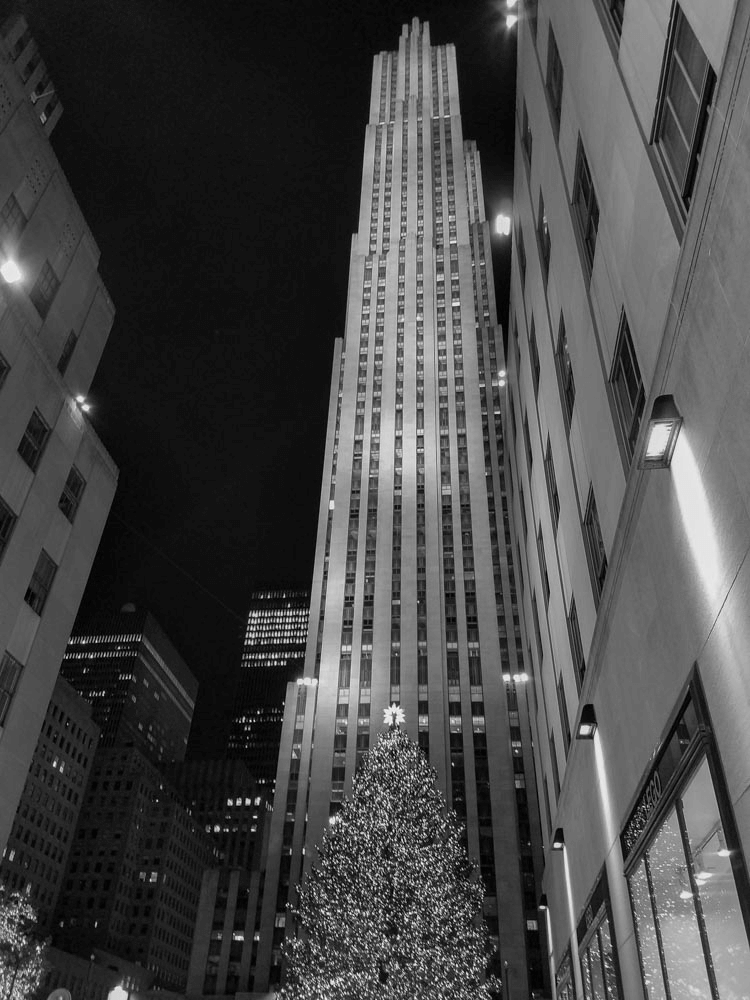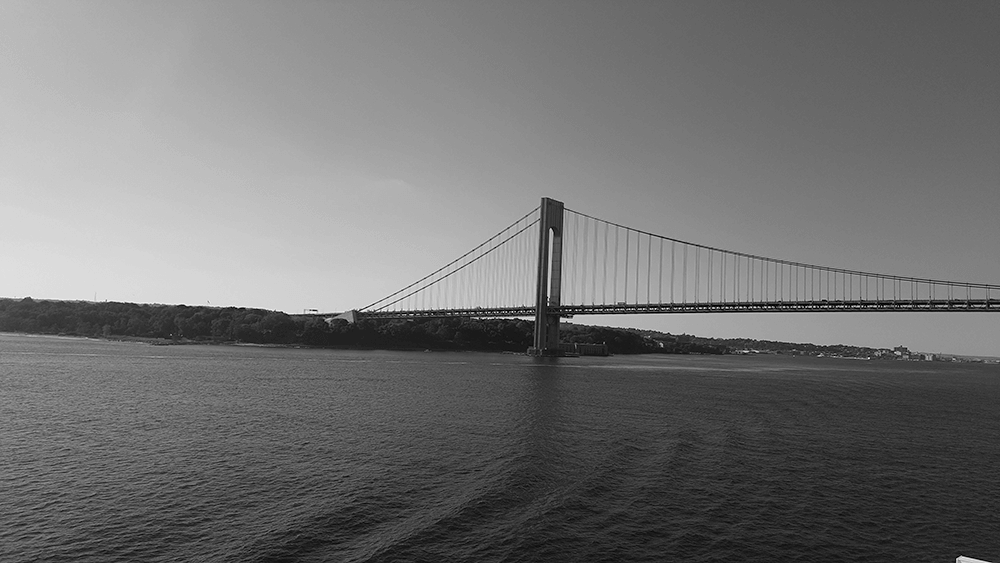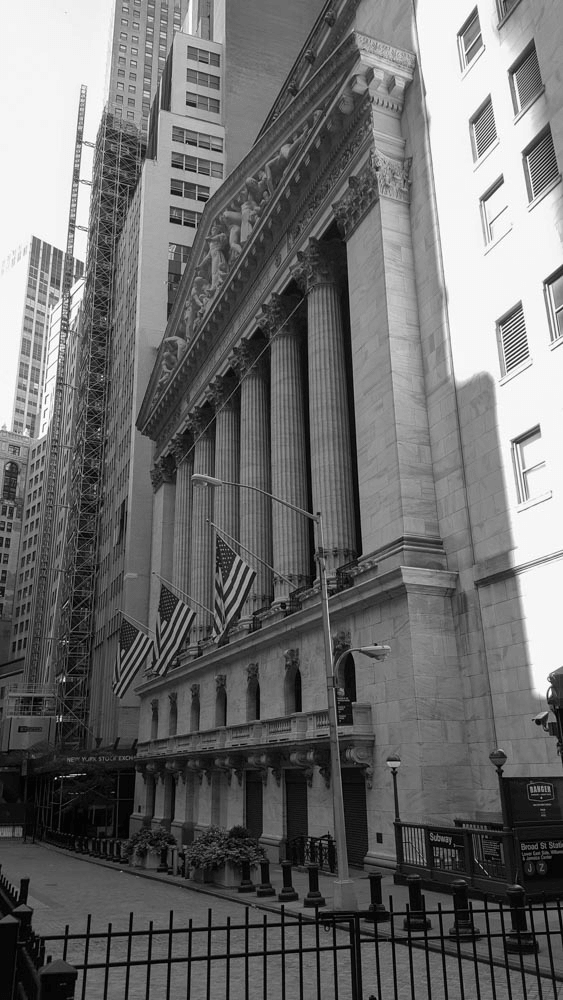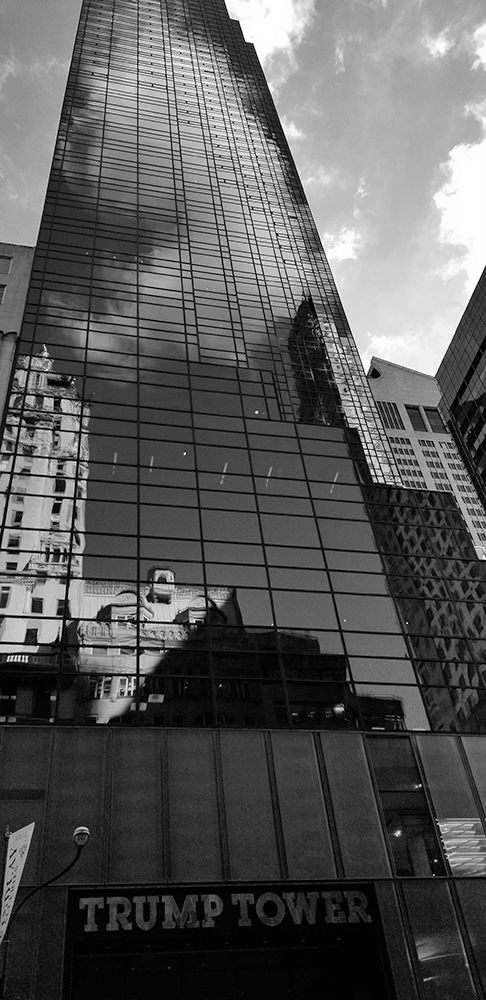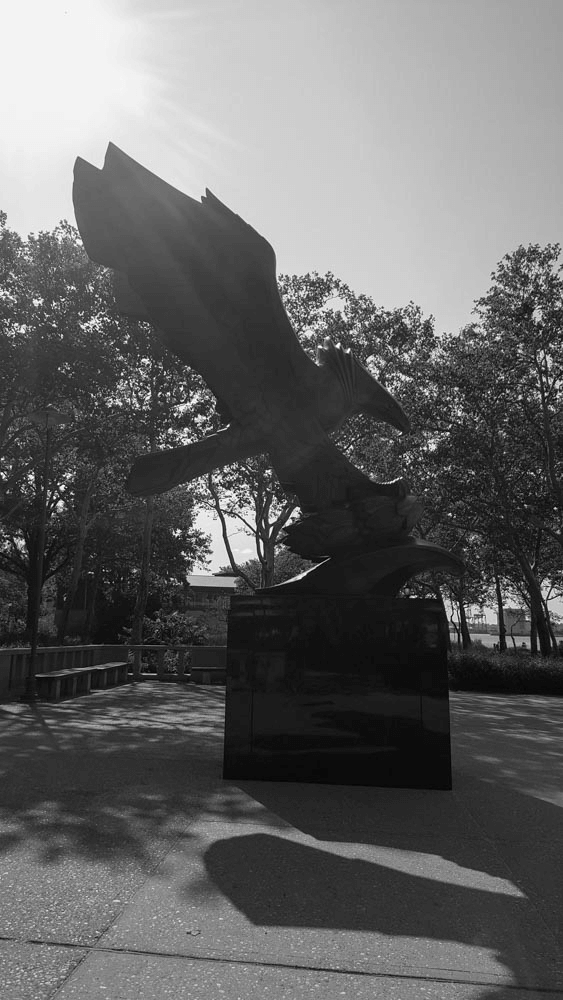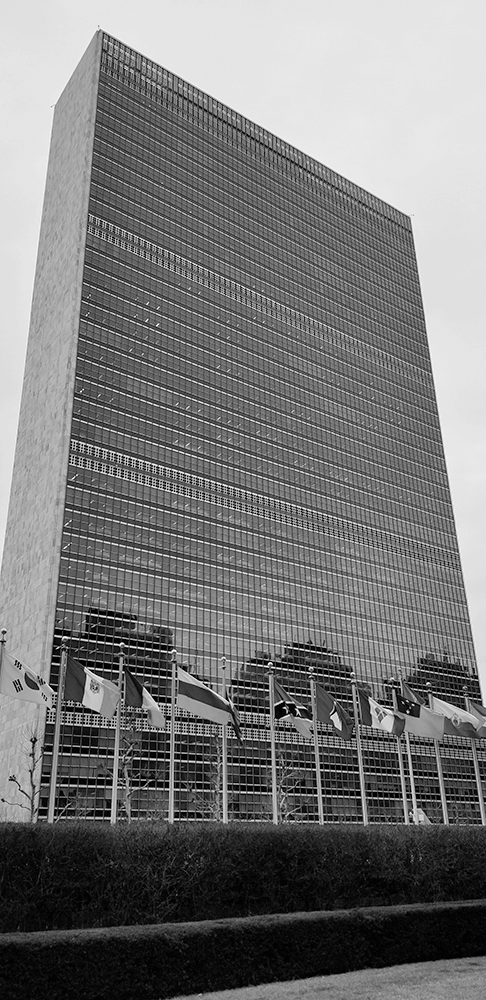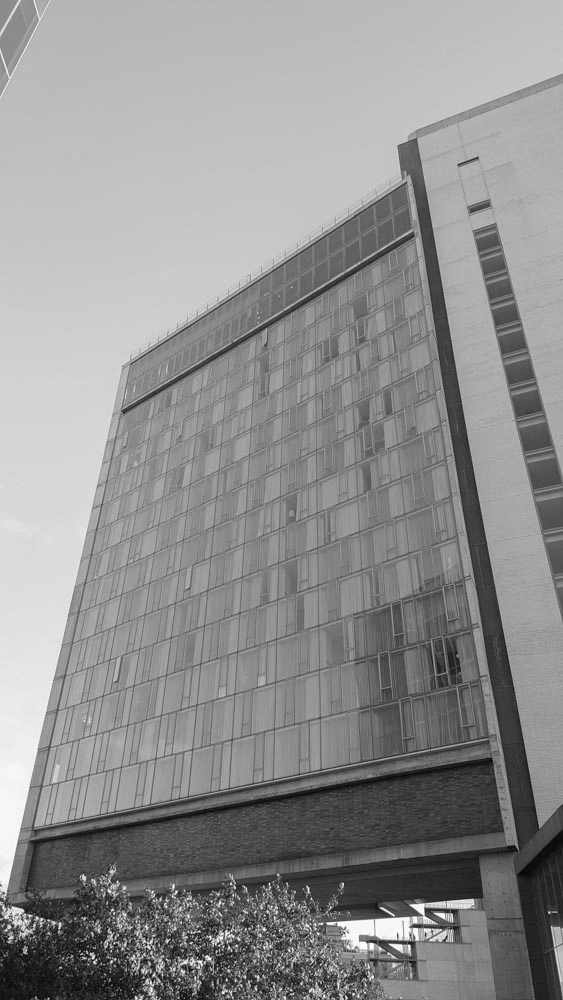Monument
Central Park
Bethesda Terrace and Fountain
Die Bethesda Terrace and Fountain ist ein herausragendes architektonisches und kulturelles Wahrzeichen im Central Park, New York City. Diese beeindruckende Anlage ist nicht nur ein beliebter Treffpunkt, sondern auch ein bedeutendes Beispiel für die Gestaltung öffentlicher Räume im 19. Jahrhundert. Historischer Kontext Die Bethesda Terrace wurde zwischen 1859 und 1868 im Rahmen des Central Park-Projekts entworfen, das von den Landschaftsarchitekten Frederick Law Olmsted und Calvert Vaux geleitet wurde. Der Park wurde als ein Ort der Erholung und des sozialen Austauschs konzipiert. Die Terrasse und die angrenzende Quelle sollten eine zentrale Rolle in dieser Vision spielen. Die Fountain wurde 1873 eingeweiht und ist eine Hommage an die biblische Geschichte des Teichs von Bethesda, der für seine heilenden Eigenschaften bekannt war. Architektur und Design Die Bethesda Terrace erstreckt sich über zwei Ebenen und ist durch eine breite, geschwungene Treppe miteinander verbunden. Diese Treppe, die mit kunstvollen Geländern versehen ist, führt von der oberen zur unteren Terrasse und bietet einen beeindruckenden Blick auf die Fountain und die umgebende Landschaft. Die Terrasse selbst ist von eleganten Steinstrukturen umgeben, die den Besucher in eine ruhige und harmonische Atmosphäre eintauchen lassen. Die Bethesda Fountain ist das zentrale Element der Terrasse und gilt als eine der schönsten Brunnenanlagen in New York. Sie wird von einer Statue namens "Angel of the Waters" gekrönt, die von der Bildhauerin Emma Stebbins entworfen wurde. Diese Statue zeigt einen Engel, der mit einer Wasserkanne in der Hand steht und symbolisch für die heilenden Eigenschaften des Wassers steht. Die Fountain ist von einer kreisförmigen Plattform umgeben, die von einer Vielzahl von Pflanzen und Bäumen gesäumt ist, was die natürliche Schönheit des Parks unterstreicht. Bedeutung und Nutzung Die Bethesda Terrace und Fountain ist nicht nur ein architektonisches Meisterwerk, sondern auch ein kulturelles Zentrum. Der Bereich zieht viele Besucher an, die hier entspannen, die Umgebung genießen oder an verschiedenen Veranstaltungen teilnehmen. Oft sieht man Künstler, Musiker und Schauspieler, die die Terrasse als Bühne nutzen, was zur lebendigen Atmosphäre beiträgt. Die Terrasse dient auch als beliebter Ort für Hochzeitsfotos und andere Feierlichkeiten. Ihre romantische Kulisse und die beeindruckende Architektur machen sie zu einem idealen Hintergrund für besondere Anlässe. Zudem ist die Bethesda Terrace ein beliebter Treffpunkt für Touristen und Einheimische, die die Schönheit des Central Parks erleben möchten. Die Bethesda Terrace and Fountain ist ein faszinierendes Beispiel für die Kunst und Architektur des 19. Jahrhunderts in New York City. Sie verkörpert die Vision von Olmsted und Vaux, einen Raum zu schaffen, der sowohl ästhetisch ansprechend als auch funktional ist. Die Kombination aus eleganter Architektur, historischer Bedeutung und lebendiger Nutzung macht diesen Ort zu einem unverzichtbaren Teil des Central Parks und zu einem Symbol für die kulturelle Identität New Yorks.
1 2 NYCGO 3 4
